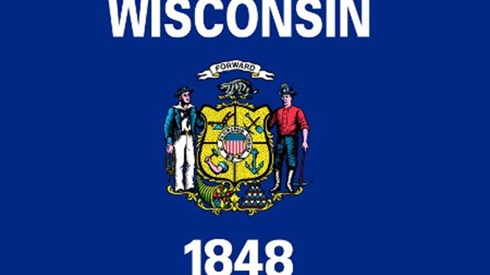Demotech Releases Third Quarter 2018 Financial Analysis of RRGs

December 13, 2018

Demotech has released its Analysis of Risk Retention Groups—Third Quarter 2018, which reports on the overall financial performance of risk retention groups (RRGs). Douglas Powell, the rating company's senior financial analyst, has concluded that "RRGs have a great deal of financial stability and remain committed to maintaining adequate capital to handle losses. It is important to note that ownership of RRGs is restricted to the policyholders of the RRG. This unique ownership structure required of RRGs may be a driving force in their strengthened capital position."
The following are some specifics drawn from the analysis.
- Since third quarter 2017, collective RRG policyholders' surplus has increased by 4.2 percent.
- RRGs' liquidity, as measured by liabilities to cash and invested assets, for third quarter 2018 was 67.3 percent. A value less than 100 percent is considered favorable, as it indicates that there was more than a dollar of net liquid assets for each dollar of total liabilities.
- Leverage for all RRGs combined (total liabilities to policyholders' surplus) was 144.2 percent, compared to 151 percent reported in the third quarter of 2017. Demotech prefers individual RRGs to report leverage of less than 300 percent.
- There was a 100.1 percent combined ratio—the loss ratio (77.8 percent) plus the expense ratio (22.3 percent). A combined ratio of less than 100 percent typically indicates an underwriting profit. This compares to third quarter 2017's 94.6 percent combined ratio—loss ratio (74.7 percent) plus expense ratio (19.9 percent).
- There was $2.8 billion of direct premium written (DPW) through the third quarter of 2018, which reflects a slight decrease of less than 1 percent over third quarter 2017.
- DPW to policyholders' surplus ratio through third quarter 2018 was 73.6 percent, slightly down from 76.2 percent in 2017, while the net premium written (NPW) to policyholders' surplus ratio was 39.8 percent, down from 2017's 45.6 percent ratio.1 The analysis notes that an insurer relying heavily on reinsurance will have a large disparity in these two ratios.
For context, the report said, "A DPW to surplus ratio in excess of 600 percent would subject an individual RRG to greater scrutiny during the financial review process. Likewise, a NPW to surplus ratio greater than 300 percent would subject an individual RRG to greater scrutiny."
- These ratios have been adjusted to reflect projected annual DPW and NPW based on third-quarter results.
December 13, 2018










